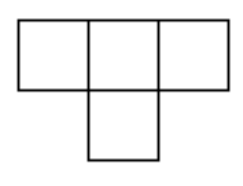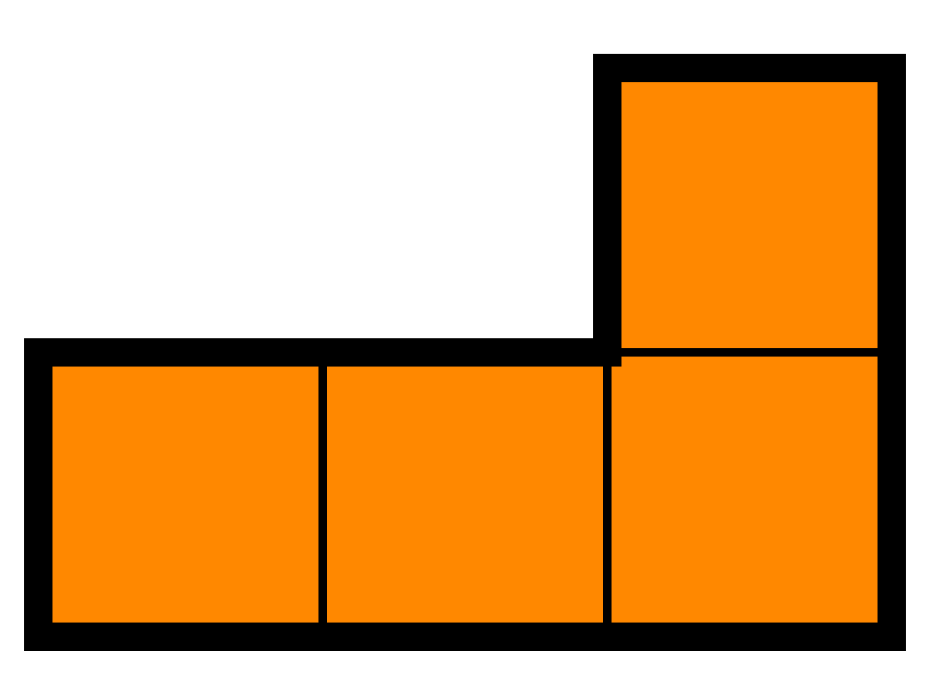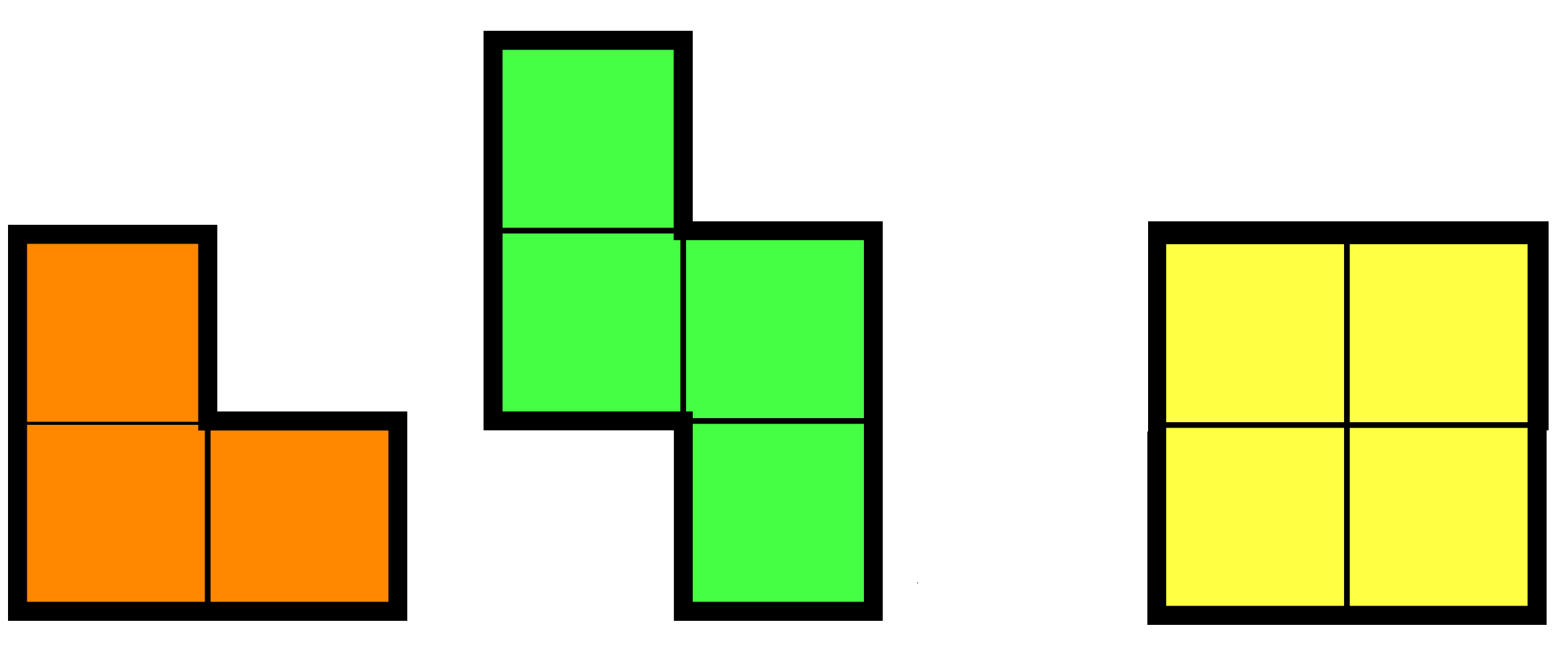Problems
Can you cover a \(10 \times 10\) board using only \(T\)-shaped tetrominos?

Can you cover a \(10 \times 10\) square with \(1 \times 4\) rectangles?
Two opposite corners were removed from an \(8 \times 8\) chessboard. Is it possible to cover this chessboard with \(1 \times 2\) rectangular blocks?
One unit square of a \(10 \times 10\) square board was removed. Is it possible to cover the rest of it with \(3\)-square \(L\)-shaped blocks?

A \(7 \times 7\) square was tiled using \(1 \times 3\) rectangular blocks in such a way that one of the squares has not been covered. Find all the squares that could be left without being covered.
Can you cover a \(13 \times 13\) square using \(2 \times 2\) and \(3 \times 3\) squares?
Is it possible to cover a \(10 \times 10\) board with the \(L\)-tetraminos without overlapping? The pieces can be flipped and turned.

Coloring is a very neat technique in problems involving boards since
it allows us to simplify the problem a great deal. The important part is
focusing on an adequate subset of the squares, however doing it with
colors is a lot easier.
The kinds of colorings can be very different and there is no general
rule for determining which one is going to solve the problem. There are
some colorings (such as a chessboard coloring) that are frequently used,
but the only way to learn how to use this technique is by solving
several problems of this style.
When the problem is related to pieces covering a certain figure, the
“good colorings” are those that yield an invariant associated with the
pieces. This can be the number of squares of one color they cover, the
number of colors they may use, some parity argument, etc. Coloring is
basically an illustrative way to describe invariants.
On a \(9\times 9\) board \(65\) bugs are placed in the centers of some of the squares. The bugs start moving at the same time and speed to a square that shares a side with the one they were in. When they reach the center of that square, they make a \(90\) degrees turn and keep walking (without leaving the board). Prove that at some moment of time there are two bugs in the same square. Note: When they turn it can be either to the right or to the left.
A \((2n - 1) \times (2n - 1)\) board is tiled with pieces of the following possible types:

Prove that at least \(4n-1\) of the first type have been used.